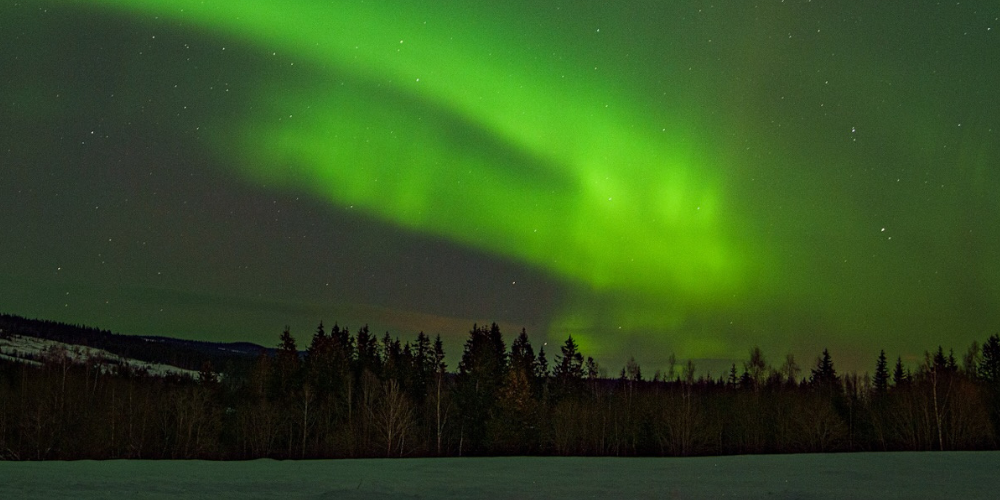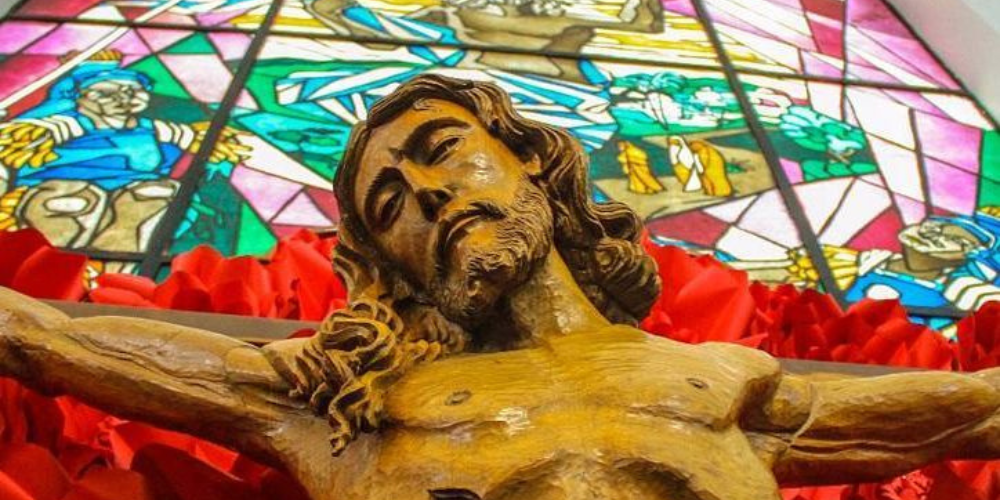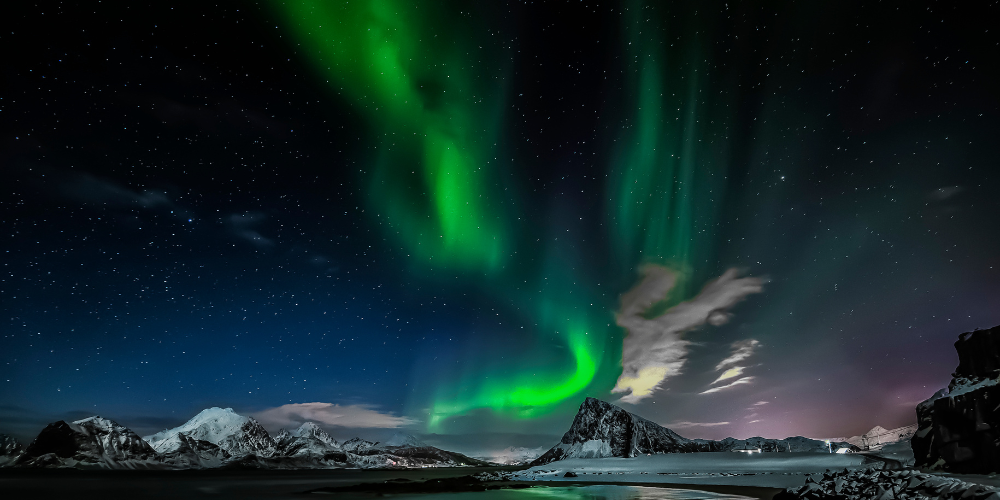On a fateful afternoon, July 10th, we witnessed a dramatic geological event in south-western Iceland – the emergence of a new "baby volcano" near Litli-Hrútur, an unassuming mountain on the Reykjanes Peninsula. This seismic spectacle unfolded as three fissures tore open the Earth's surface, unleashing a fiery display of molten lava and gas plumes into the sky.
Cracks in the Earth's Armor
Litli-Hrútur, fondly known as "Little Ram," found itself at the heart of this volcanic drama. Nestled within the Fagradalsfjall volcanic region, which had erupted in 2021 and 2022 after an almost eight-century hiatus, this event wasn't entirely unexpected. The lead-up was marked by over 12,000 recorded earthquakes in the area, building up to the eruption.
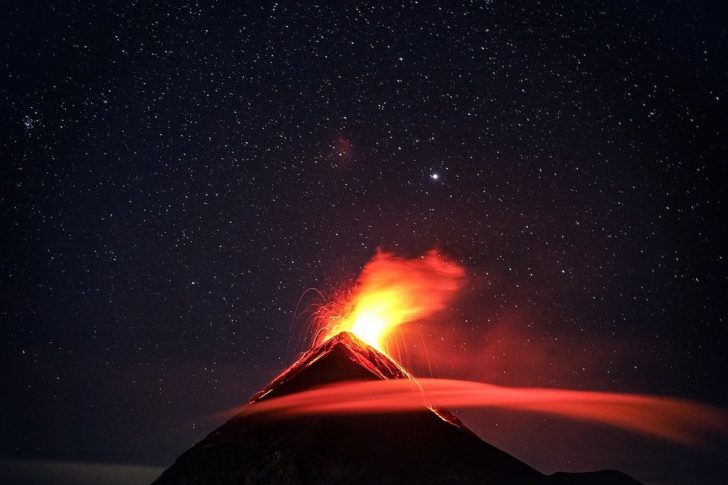
Clive Kim/ Pexels | Nature's grand entrance often includes seismic symphonies and molten ballets
The Lava's Dance
The initial fissures stretched over a kilometre, spewing crimson-hot lava skyward. By the following day, two fissures had sealed, channelling the molten substance through a singular, elongated active cone.
This cone rapidly evolved into a substantial crater as accumulating lava formed what is now called "Earth's newest baby volcano." Astonishingly, this nascent volcano's crater shot up to around 30 meters in height in just a week, with its growth ongoing.
Lava's Destructive Beauty
During its initial eruption, the volcanic fury released an immense lava volume, reaching up to 50 cubic meters per second. This molten torrent cascaded in all directions, igniting the dry moss, and blanketing the barren landscape. Violent winds carried the flames, igniting a vast area and forcing a temporary halt to visitor access due to toxic gases from the volcano and acrid moss smoke.
Firefighting helicopters and teams struggled to contain the fires, battling the flames and the changing winds. Finally, after concerted efforts, the fires were subdued, and a path for visitors was opened on July 17th, drawing crowds eager to witness this rare spectacle up close.
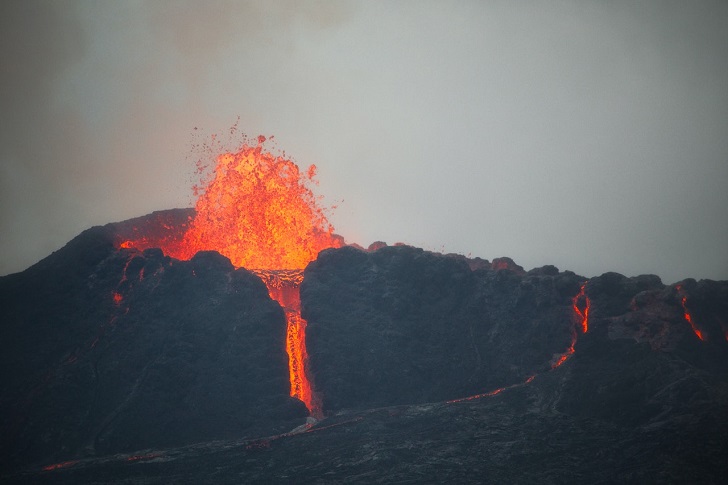
Koen Swiers/ Pexels | The skies above Litli-Hrútur have become a canvas for the fiery embrace of lava
A Trek to Remember
Getting to the volcano's vantage point is dynamic subject to local conditions. Access is granted via a 9-kilometre hike or cycle from a designated car park. While the last kilometre of the trail is rugged, the view rewards the effort. Positioned just 1 kilometre from the erupting crater, visitors peer through a heat haze to witness a mesmerizing scene, particularly at night when the molten fountains contrast against the dark sky.
Open from 9:00 to 18:00, the hike takes a minimum of five to six hours round-trip. Only the physically prepared with appropriate gear and water should attempt it, as no facilities are on-site, though Search and rescue teams are ready for emergencies.
Nature's Unpredictable Play
Geologists closely monitor volcanic activity, adjusting visitor access based on evolving conditions. The recent collapse of a portion of the crater's wall highlighted the inherent dangers of the site. The volatile nature of volcanic landscapes necessitates vigilance, as changes can occur even weeks after an eruption's initiation.
Capturing Beauty and Understanding Fury
Jeroen Van Nieuwenhove, an Icelandic-residing Belgian photographer, encapsulates the awe of witnessing an eruption and a new landscape's birth. He reflects on the privilege of seeing nature's creative force in action and the striking backdrop provided by the Keilir Peak.
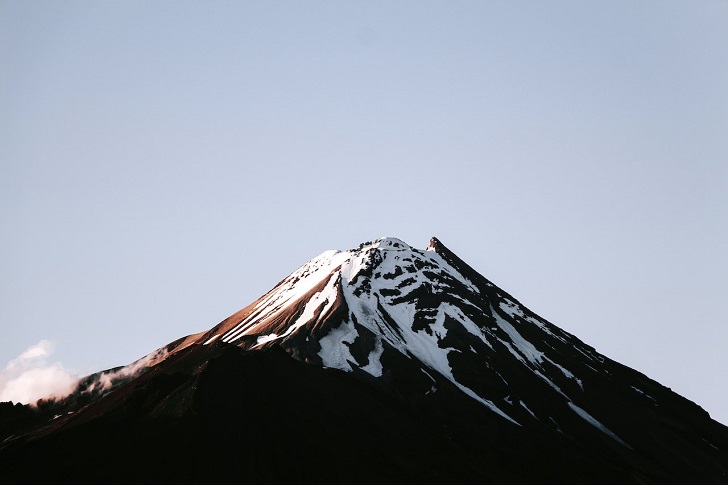
Tyler Lastovich/ Pexels | The lava is now flowing at an estimated current daily volume of nine cubic metres per second
Laura Wainman, a PhD student at the University of Leeds, exemplifies the dedication of researchers to decipher the mysteries of volcanic plumes. Her fieldwork amidst the eruption's onset captures samples for understanding particle composition and transport in the volcanic plume. Wainman emphasizes the compelling mix of curiosity and respect for nature's might that fuels her research.
A Volcano's Untamed Growth
The newborn volcanic crater's relentless expansion continues as lava propels skyward, integrating with the existing cone. The current daily lava flow, an estimated nine cubic meters per second, mirrors the 2021 eruption's volume, though diminished from the initial burst. Despite its dynamism, the crater's growth faces constraints, necessitating precautions against instability.
As for the eruption's duration, Wainman stresses the unpredictability inherent in volcanic activity. With parallels to previous eruptions, the Litli-Hrútur event might display intermittent phases before subsiding. While the eruption's timeline remains uncertain, the scientific community keeps a vigilant watch on this captivating spectacle of nature's power.

